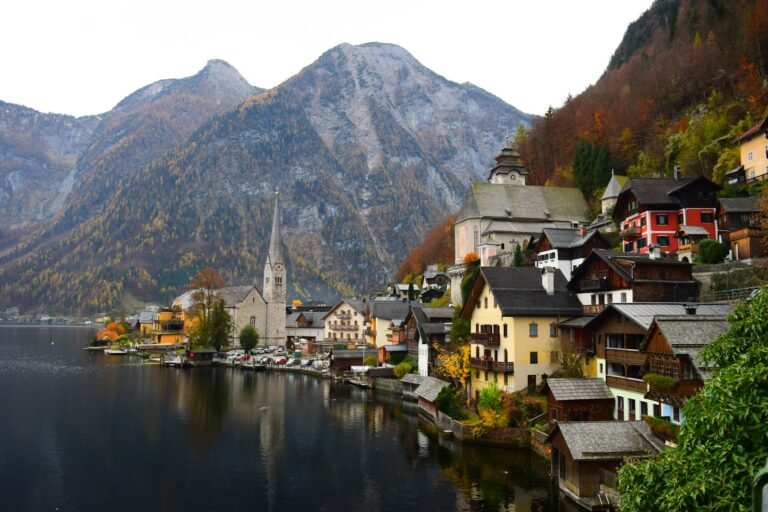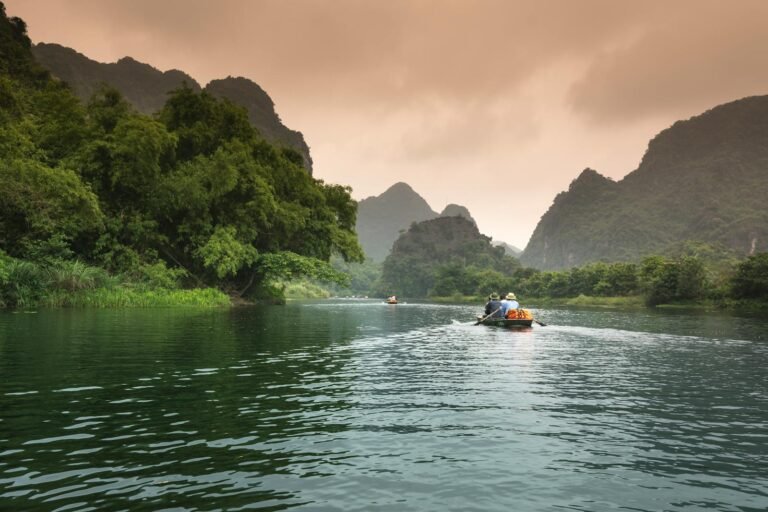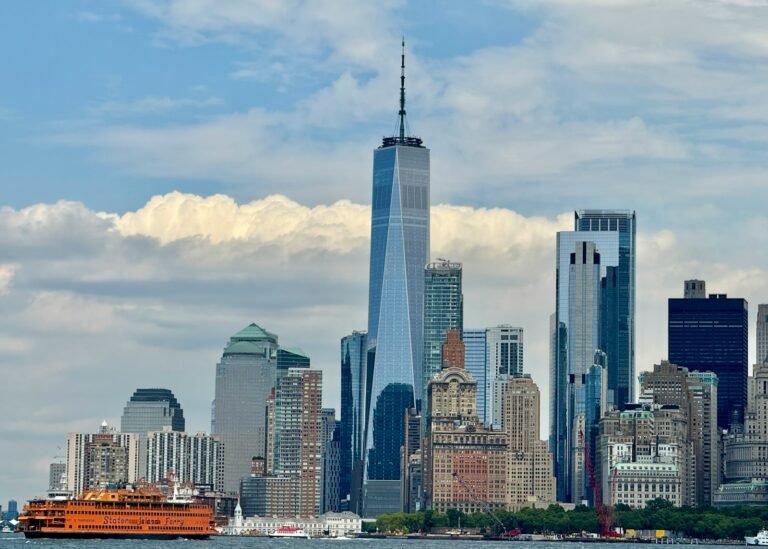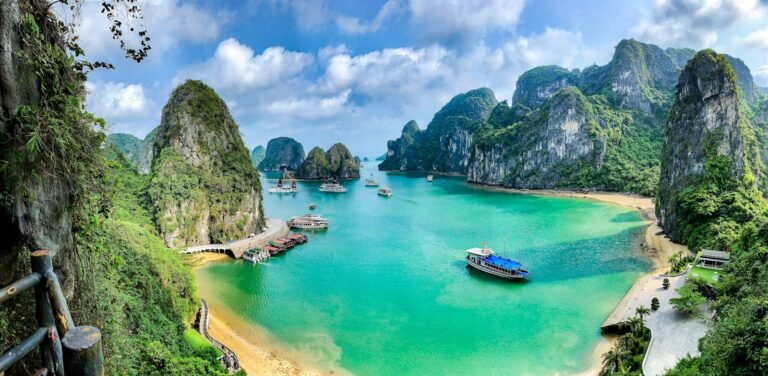Which classic wildlife encounter or island escape will change the way you plan a luxury trip this year?
This guide curates essential destinations and premium experiences across the continent for discerning U.S. travelers. It frames safari, culture, coast, and island options in a clear, practical way so readers can shortlist countries by interest before diving into tailored itineraries.
Expect expert-led assessments that prioritize quality guiding, lodge standards, and conservation credentials. Highlights include Big Five safaris in Kruger and Sabi Sand, the Great Wildebeest Migration, gorilla trekking in Rwanda and Uganda, and Indian Ocean retreats in Mauritius and Seychelles.
Zambia emerges as a standout for 2025 with low-density tourism, conservation-first lodges, and seamless air links across South Luangwa, Lower Zambezi, and Kafue. The editorial approach balances iconic parks and lesser-visited reserves for both first-timers and seasoned travelers.
Use this definitive list as a starting point for smart routing, regional pairings, and optimal timing for the best game viewing and value.

Quick Recap
- Guide prioritizes luxury experiences, conservation, and seamless routing for U.S. travelers.
- Highlights include the Great Migration, Big Five, walking and river safaris, and gorilla trekking.
- Zambia is featured for exclusivity and conservation-driven lodges in 2025.
- Content organizes destinations by region, interest, and optimal season.
- Designed as an authoritative shortlist before exploring full itineraries and logistics.
Discover Africa in 2025: Landscapes, Wildlife, and Culture Across the Continent
Vast deserts, lush deltas, and coral coasts create a backdrop for wildlife and cultural discovery across the continent.
The east features the Serengeti and Ngorongoro as well as primate forests in Uganda and Rwanda. Southern regions offer the Okavango Delta, Chobe’s elephants, Kruger’s Big Five, Namibia’s deserts, Zambia’s walking safaris, and Zimbabwe’s Mana Pools and Hwange.
North Africa brings UNESCO sites, striking architecture, and desert‑meets‑coast contrasts in Morocco, Tunisia, and Egypt. The Indian Ocean islands—Mauritius, Seychelles, Madagascar—headline beaches and marine parks for a restorative finale after safari.
“Choose operators that put conservation and local communities first; it deepens the experience and protects these places for future travelers.”
- Why it stands out: density of animals, intact ecosystems, and world-class guiding.
- Activities: gorilla and chimp trekking, Big Five drives, mokoro excursions, hot-air ballooning, river safaris, and rhino conservation programs.
- Advice: build a regional arc—mountains, savanna, then beaches—for coherent logistics and maximum enjoyment.
Top African Countries to Visit in 2025
This curated shortlist highlights the nations and signature sites that deliver consistent luxury, logistics, and wildlife spectacle in 2025. It is organized by region so U.S. travelers can narrow choices quickly and pair experiences with minimal transit time.
East Africa
Kenya and Tanzania remain the premier choices for the Great Migration, with the Serengeti and Ngorongoro Crater forming a classic, world heritage site pairing for first-time safaris.
Uganda and Rwanda are essential for gorilla and chimp trekking; permits are limited, so plan early. Ethiopia adds cultural depth with ancient sites and strong flight links.
Southern Africa
This region spans cinematic deserts and premier game reserves. South Africa offers easy access and Cape Town culture alongside Kruger National Park and private reserves such as Sabi Sand for elevated leopard viewing.
Botswana excels in low-density, high-impact safaris. Namibia and Zambia add dramatic landscapes and walking safaris, while Mozambique and Madagascar provide reef and island decompression after inland game drives.
North Africa
Morocco, Tunisia, and Egypt complete the list for culture-forward travelers. Expect medinas, UNESCO architecture, and well-connected hubs that pair easily with safari extensions.
“Select destinations that combine strong logistics and conservation credentials to make every day of a luxury trip count.”
- Can’t-miss icons: Serengeti, Ngorongoro Crater, Kruger National Park, Victoria Falls — ideal anchors for region-based itineraries.
Safari Hotspots and Wildlife Experiences Worth the Trip
The best wildlife circuits mix vehicle, walking, and waterborne game viewing to reveal varied animal behavior up close.
Big Five excellence is built on abundant sightings, ethical guiding, and habitat diversity. Kruger and Sabi Sand deliver dependable big five encounters with luxury lodges and private‑reserve flexibility. Etosha’s pans support distinctive, photo‑friendly scenes and strong black rhino sightings.
Seasonal spectacles peak at a specific time: the Great Migration reaches the Masai Mara and northern Serengeti from August through October. Book mobile camps early for river crossings and concentrated game viewing.
For close‑contact trekking, Volcanoes, Bwindi, Mgahinga, and Nyungwe host gorilla and chimp experiences. Permits are limited; fitness and brief group sizes protect both animals and habitats.
- Compare options: private reserves like Sabi Sand allow off‑road approaches and exclusivity; national park access tends to be more affordable and more regulated.
- Special modes: Chobe’s dry season gathers tens of thousands of elephants; the Okavango offers mokoro and boat viewing; South Luangwa is famed for walking safaris and leopard sightings.
- Choose responsibly: select operators with strong conservation and community credentials to minimize footprint and maximize long‑term protection.
“Vary the mode of safari—vehicle, on foot, mokoro, and boat—to deepen wildlife observation and enrich the journey.”
Beaches and Islands: Indian Ocean Escapes After Safari
For discerning travelers, the ideal finale to a safari pairs marine clarity with curated resort experiences on nearby islands. These post-safari days emphasize ease: house reefs, wellness suites, and guided snorkel or boat hours that require little planning.

Mauritius blends volcanic scenery with polished resorts and family-friendly amenities. Guests can hike Black River Gorges national park trails in the morning and dine at beachfront fine‑dining restaurants by evening.
Seychelles comprises 115 islands with five marine sanctuaries and UNESCO World Heritage sites such as Aldabra. The archipelago is ideal for snorkelers seeking clear water, granite boulder vistas, and conservation-led diving.
Mozambique and Madagascar deliver contrasting coastal beauty: Bazaruto and Tofo offer white sand, dugong and whale‑shark encounters, and romantic dhow sunsets. Madagascar adds endemic wildlife day trips—lemurs by morning, pristine reefs by afternoon.
“Choose a blend of private‑island seclusion and full‑service resorts for restorative downtime that honors local conservation efforts.”
- Pairing ideas: Tanzania + Zanzibar/Mafia; Botswana or Zambia + Mozambique; South Africa + Mauritius or Seychelles.
- Property hallmarks: house reefs, PADI centers, sustainable builds, and villas with direct lagoon access.
- Practical note: check regional flights and light-aircraft baggage limits; align timing with sea conditions for the best snorkeling and diving.
Safest Countries in Africa for 2025 Travel
A data-first view of peace, crime, and governance helps refine premium itineraries for 2025. This short guide uses multiple indices so planners can assess risk across destinations with clarity.
Mauritius and Ghana
Mauritius tops regional peace rankings with near-zero GTI risk and low crime rates versus many Western nations. Ghana posts similarly low GTI exposure and favorable safety perceptions, making both attractive for first-time visitors.
Namibia and Zambia
Namibia and Zambia combine steady governance, low-density wilderness, and highly rated guides. These countries excel on GPI and HDI measures and suit travelers seeking crowd-free safaris.
Morocco and Tunisia
North African hubs deliver strong connectivity and heritage sites with established tourism infrastructure. Peace and crime indices often compare well with European benchmarks.
Tanzania
Tanzania improved significantly on the GPI in 2023. Protected-area investment and stable park management support safer, well-run wildlife experiences in the Serengeti and Ngorongoro.
“Select reputable outfitters, private transfers, and vetted lodges—safety pairs with logistics for the best results.”
- Use multiple indices (GPI, GTI, Numbeo, HDI) for a rounded view.
- Prioritize private transfers and confirmed guiding for comfort and control.
- Consult a curated list of the safest countries in Africa when planning routing and time on the ground.
Best Time to Visit Africa in 2025
Seasonal choices shape whether a trip prioritizes headline wildlife encounters or quiet, restorative beachfront days. For planners from the United States, aligning dates with the desired experience is the single most effective way to maximize value and comfort.

Safaris
The dry season, generally June–October, is the best time for classic safari viewing. Thinner vegetation improves visibility and animals cluster at predictable waterholes, raising sighting rates.
Walking safaris and canoeing excel in this window. Lower Zambezi and South Luangwa offer prime conditions for guided walks and river game viewing from July through September.
Coasts and islands
Coastal destinations often shine in shoulder months. Zanzibar, Seychelles, Mauritius, Mozambique, and Madagascar vary by microseason, but shoulder periods deliver calmer seas, softer rates, and better availability at top resorts.
“Plan early for the Great Migration river crossings (August–October) and secure mobile-camp slots for the best riverfront vantage points.”
- Prioritize wildlife goals or marine conditions when choosing exact dates.
- Consider traveling just outside peak windows to balance sightings with privacy and value.
- If school holidays fix dates, shift regions rather than expectations to preserve quality.
Expert trip design is recommended to match the best time visit with marquee experiences and lodge availability, ensuring smooth logistics and premium outcomes.
Plan Your Route: Pairing Regions for Ultimate Experiences
Efficient routing turns a shortlist of must-see parks and islands into a coherent, unforgettable itinerary. Thoughtful pairings minimize backtracking and let travelers savor marquee moments within a 10–14 night window.
Classic safari circuit
Kenya or Tanzania for the Serengeti or Masai Mara, then unwind in Zanzibar. This blend delivers peak game viewing and a calm coastal finish with refined resorts and clear waters.
Southern Africa combo
Combine Kruger or the Okavango with Victoria Falls via short regional flights. Add Chobe or Livingstone river cruises for river-based wildlife viewing and smooth transfers between iconic sites.
Safari-to-sea transitions
Start in Botswana or Zambia, then transfer to Mozambique’s Bazaruto or Mauritius for beach recovery. Sequence properties from remote, adventurous lodges to indulgent coastal hotels so the trip ends restful and elevated.
- Factor internal flight times, luggage limits, and park transfer logistics.
- Consider cultural add-ons—Eswatini, Morocco, or Lake Malawi—for varied experiences.
- Optional extensions: Malawi lake lodges or Seychelles private islands for added luxury.
“Begin remote and end indulgent: it preserves energy while maximizing adventure and comfort.”
Why Zambia Is the Best African Country to Visit in 2025
A mix of walking safaris, river canoeing, and open‑plain predator work makes Zambia a standout for connoisseurs of wildlife travel.

South Luangwa, Lower Zambezi, Kafue form a triumvirate of varied habitats. South Luangwa — often cited with luangwa national park and south luangwa national designations — is famed for leopard density and pioneering walking safaris.
Lower Zambezi offers water-level encounters: canoeing, boat game viewing, and island picnics that reveal close animal interactions at the river edge. Kafue’s Busanga Plains supply open-country predator sightings and seasonal balloon flights.
Logistics and lodges are equally refined. Operators such as Time + Tide, African Bush Camps, and Green Safaris prioritize low-impact design, community engagement, and exceptional guiding. Light-aircraft links from Lusaka or Livingstone keep travel time minimal.
- Rare, crowd-free wildlife sightings across distinct ecosystems
- High-caliber guides and conservation-driven hospitality
- Easy routing with a Victoria Falls detour — including seasonal access to Devil’s Pool
Conclusion: For a discerning traveler seeking an elevated african safari, this country balances authenticity, exclusivity, and consistently excellent experiences.
The Bottom Line
This guide closes by urging travelers to match personal goals with a carefully chosen country and season.
Use the curated list to shortlist two or three destinations per region, anchored on national park strengths such as Kruger National Park’s big five density, Ngorongoro Crater’s caldera drama, and Luangwa National Park’s walking pedigree.
Zambia remains the standout country for 2025, while South Africa’s variety and Botswana’s low‑density wilderness keep them essential choices. Blend game drives, walking, river safaris, gorilla trekking, and coastal days for a balanced tour.
Confidence comes from data: safest countries Africa metrics support travel in Namibia, Mauritius, Ghana, Morocco, Tunisia, Tanzania, and Zambia. Now finalize dates, secure permits, pick lodges that champion conservation, and let expert designers craft the logistics for an extraordinary adventure this year.
Ready to plan your trip? Browse top-rated Africa Tours and Tickets on Viator.






